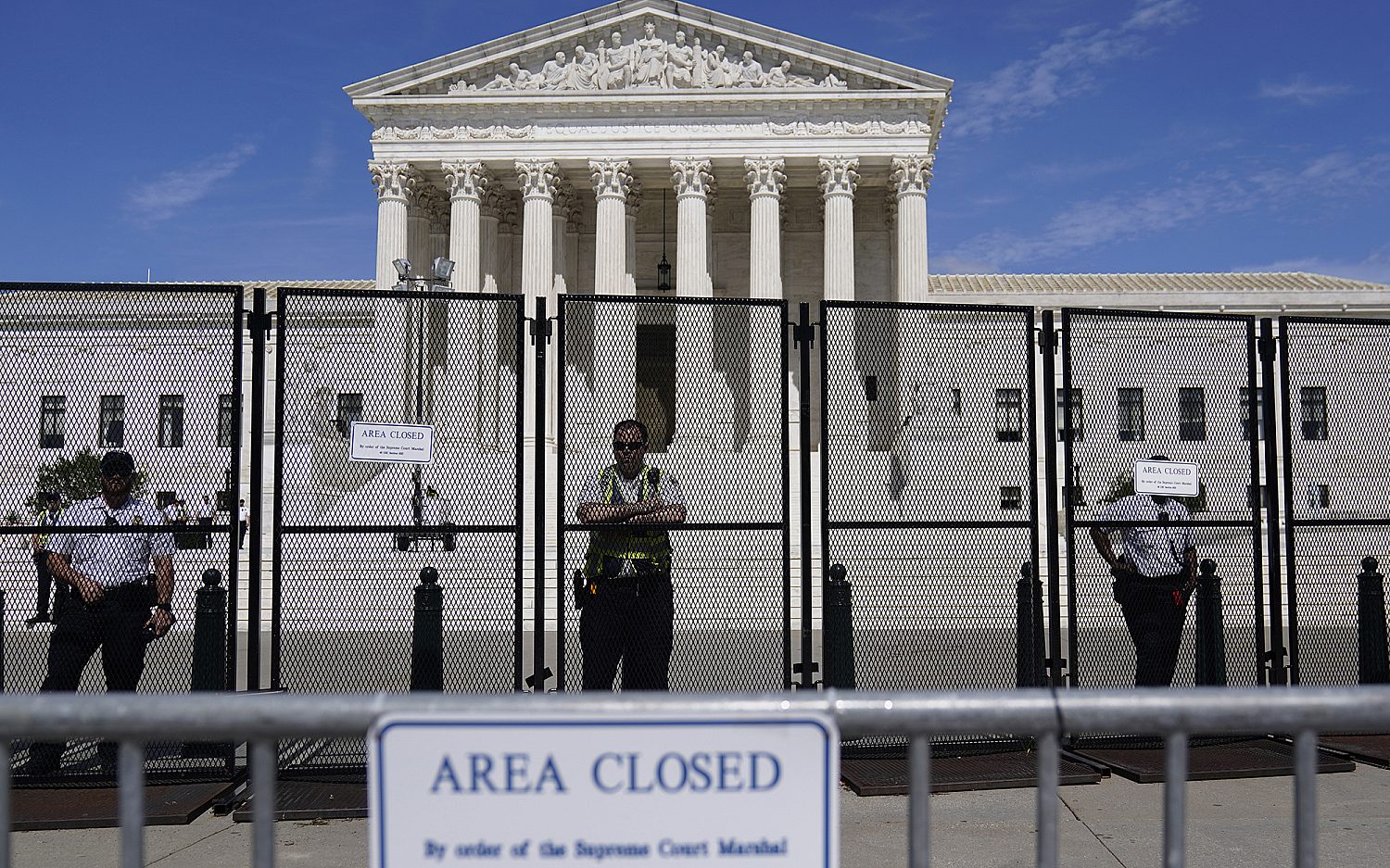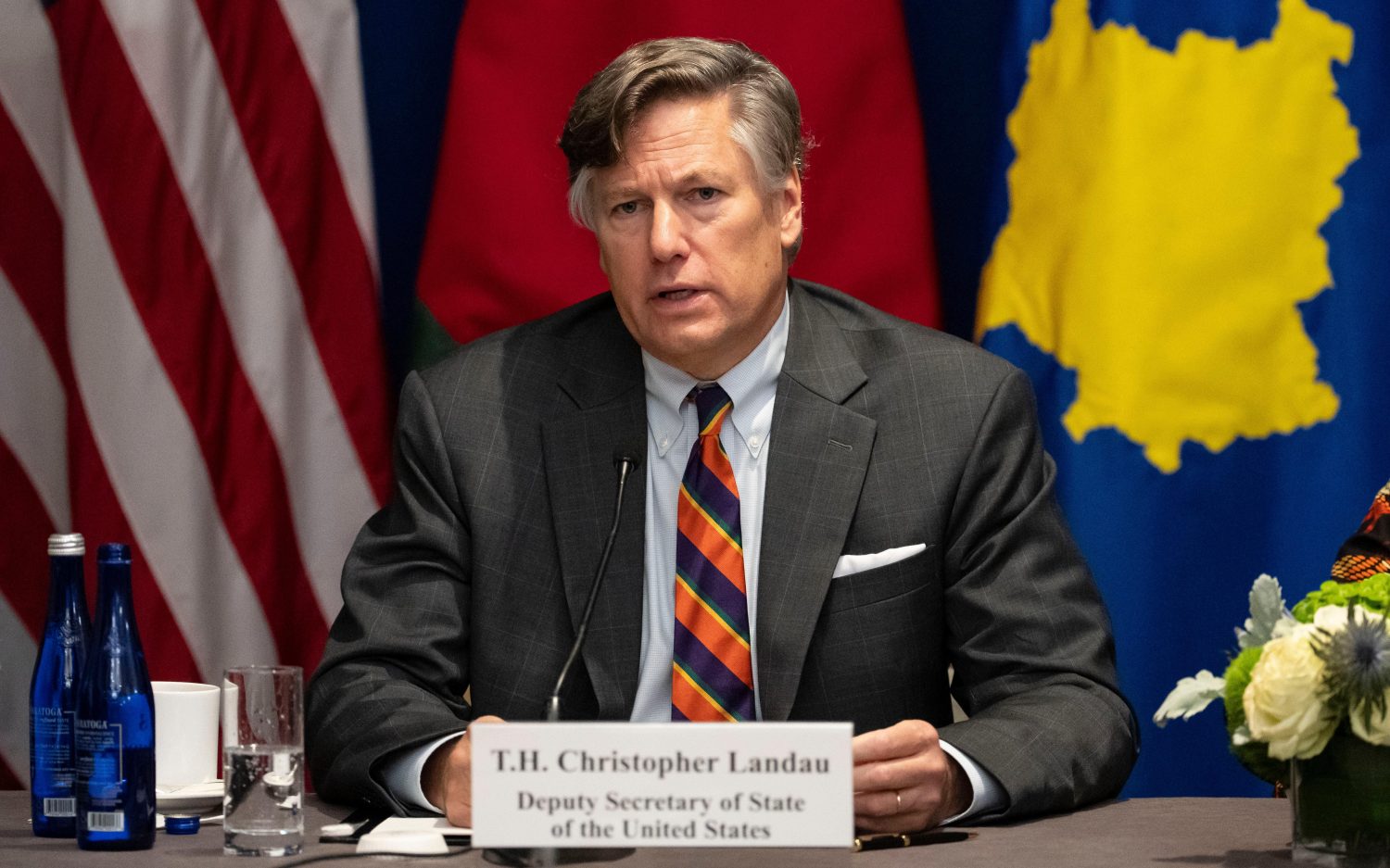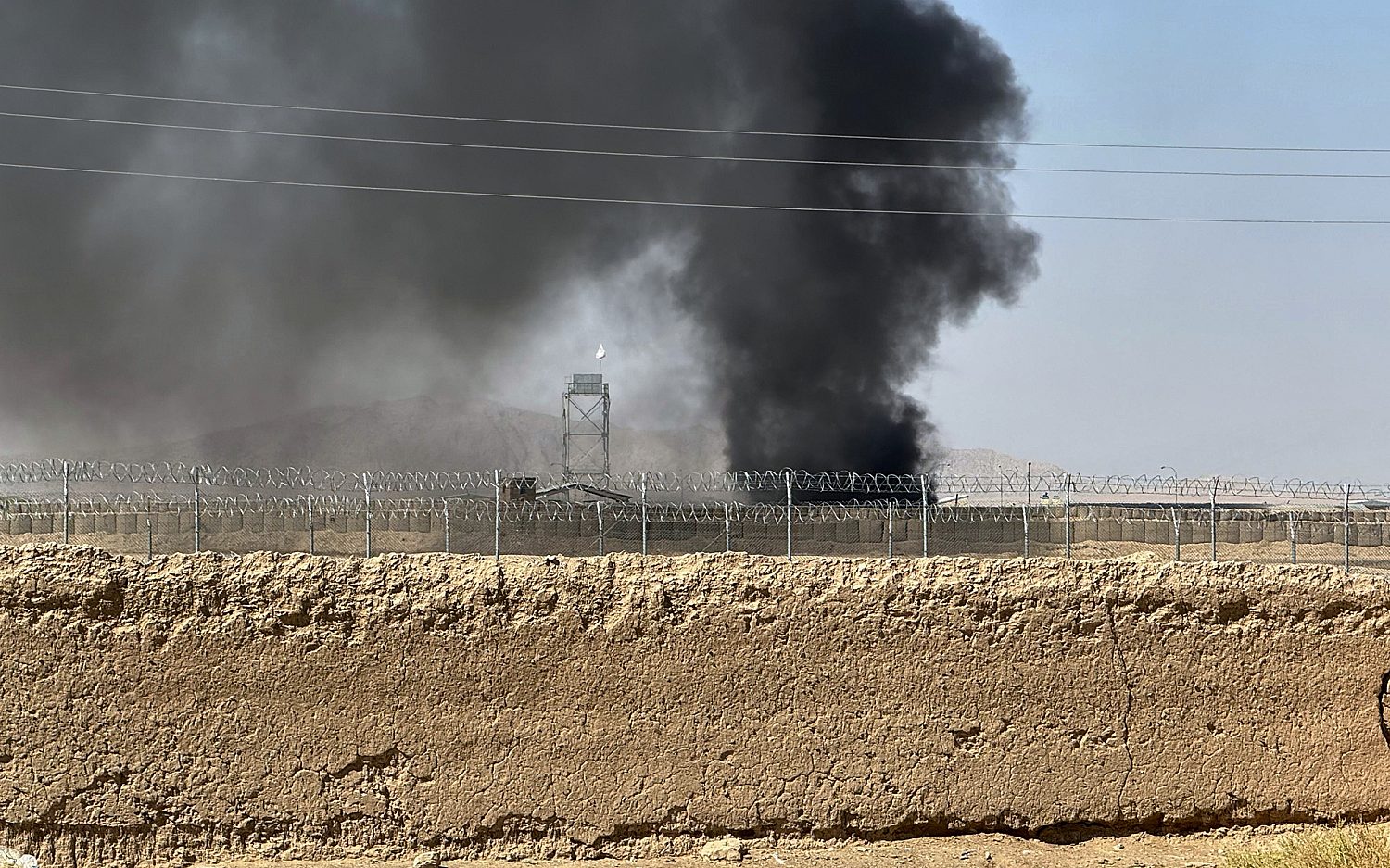Kashmir swears in new government, but remains under Indian control
Jammu and Kashmir National Conference leader Omar Abdullah assumed office on Wednesday as chief minister of the India-controlled region. Abdullah’s National Conference won a majority of seats in Kashmir’s 90-seat legislative assembly in a three-phase election that began on Sept. 18 and ended earlier this month. India mounted the election, which was the region’s first in 10 years. The India-based Bharatiya Janata Party won nearly 30 seats, but came in a distant second, according to India’s Election Commission. The National Conference’s government is by the people and for the people, the party said after Abdullah took his oath. India’s top administrator in Kashmir, Lt. Gov. Manoj Sinha, issued the oaths to Abdullah in a demonstration of India’s ongoing authority over the region.
Why does India have any control over Kashmir? Kashmir became an Indian-controlled state in 1947, after decades of conflict between Pakistan and India over ownership. A 1949 amendment to India’s constitution gave Kashmir special status and installed a chief minister with executive power over the region. However, Indian Prime Minister Narendra Modi revoked Kashmir’s special status in 2019, downgrading the country from an Indian state to a region. India’s Supreme Court finalized the status removal in 2023 which split the country into separate union territories of Jammu-Kashmir, and Ladakh. Governing power is now assigned to a lieutenant governor appointed by parliament on the advice of India’s president.
So where do the new Kashmir officials fit in? Kashmir’s publicly-elected chief minister will serve as a minister in the cabinet of the Indian-appointed lieutenant governor. The lieutenant governor also appoints the other ministers to his cabinet on the advice of the chief minister, for a maximum total of nine cabinet ministers in addition to the chief minister. Both the appointed lieutenant governor, the elected chief minister, and the appointed cabinet ministers are all responsible to the locally-elected assembly. This model doesn’t give Kashmir full home rule, but it does allow some level of power over local governance.
Have the ministers been appointed? Abdullah appointed five ministers to serve alongside himself on Lt. Gov. Sinha’s cabinet. Abdullah tapped two ministers from the northern Kashmir valley area and three from the south-central region of Jammu. The appointments balanced representation between the territory’s provinces and included a woman.
Dig deeper: Read my report on India overseeing Kashmir’s first election in 10 years.
An actual newsletter worth subscribing to instead of just a collection of links. —Adam
Sign up to receive The Sift email newsletter each weekday morning for the latest headlines from WORLD’s breaking news team.




Please wait while we load the latest comments...
Comments
Please register, subscribe, or log in to comment on this article.